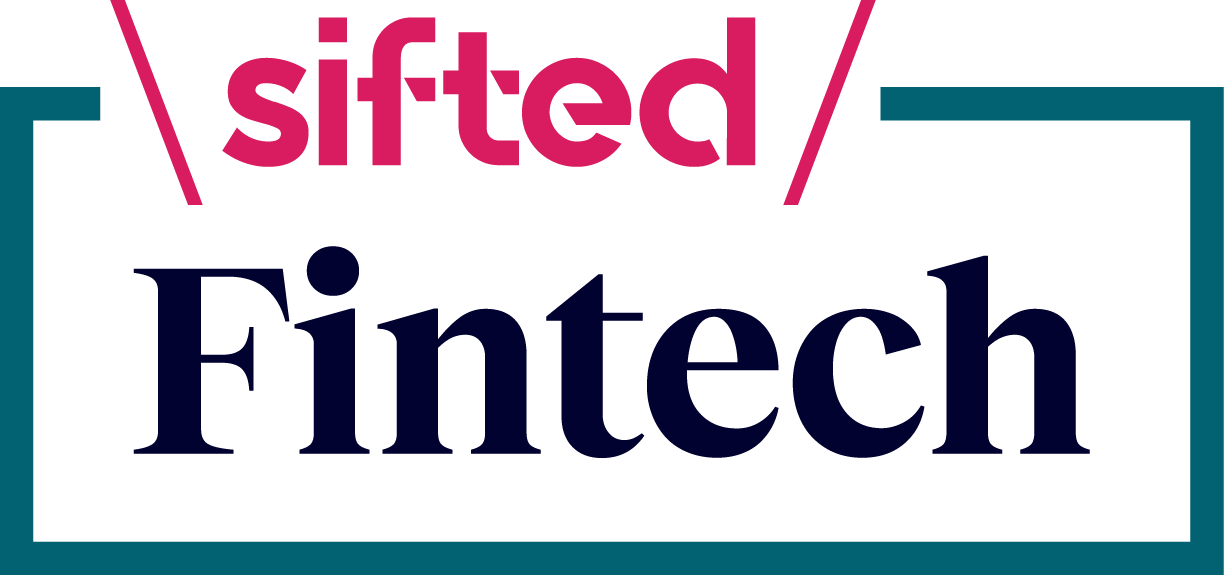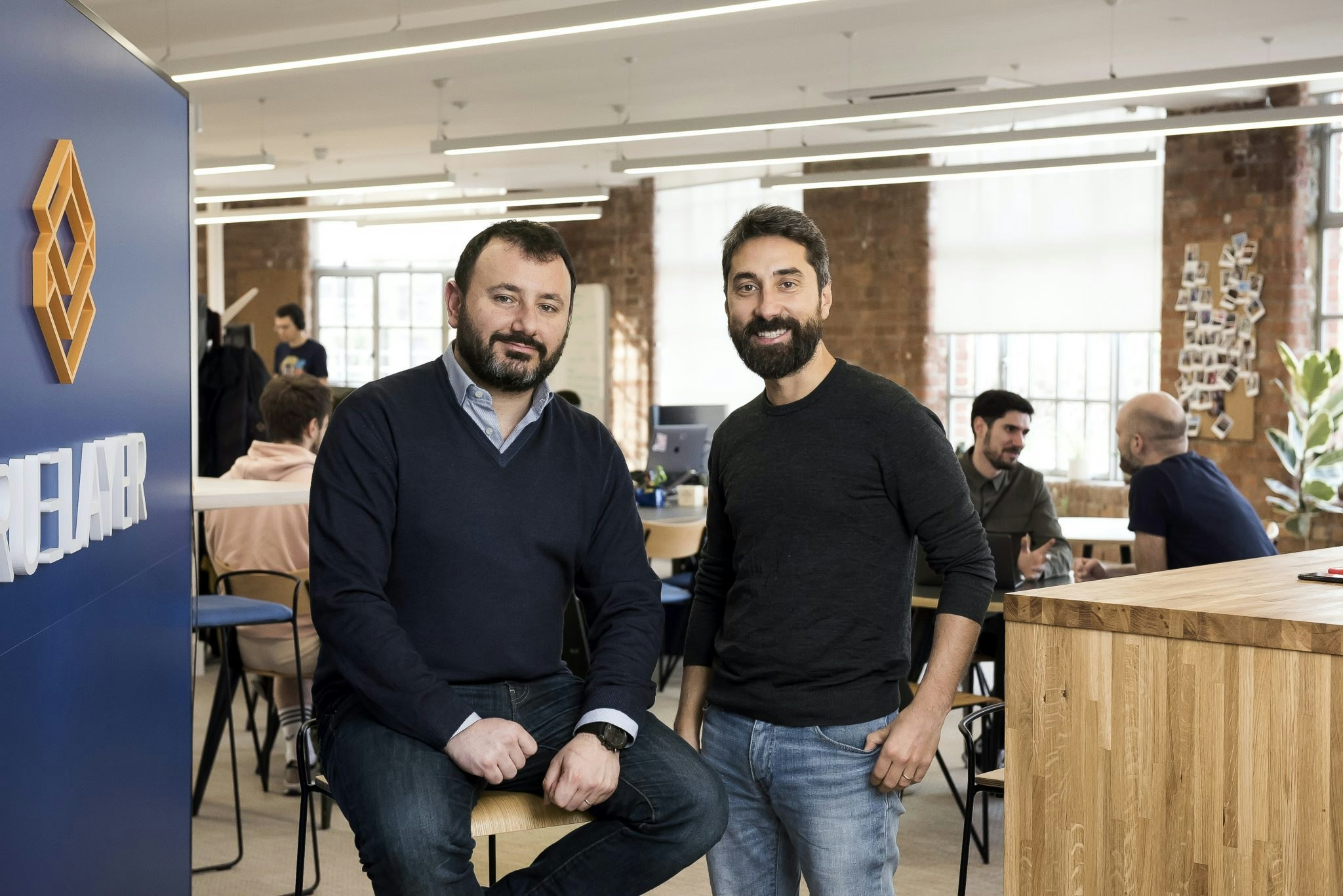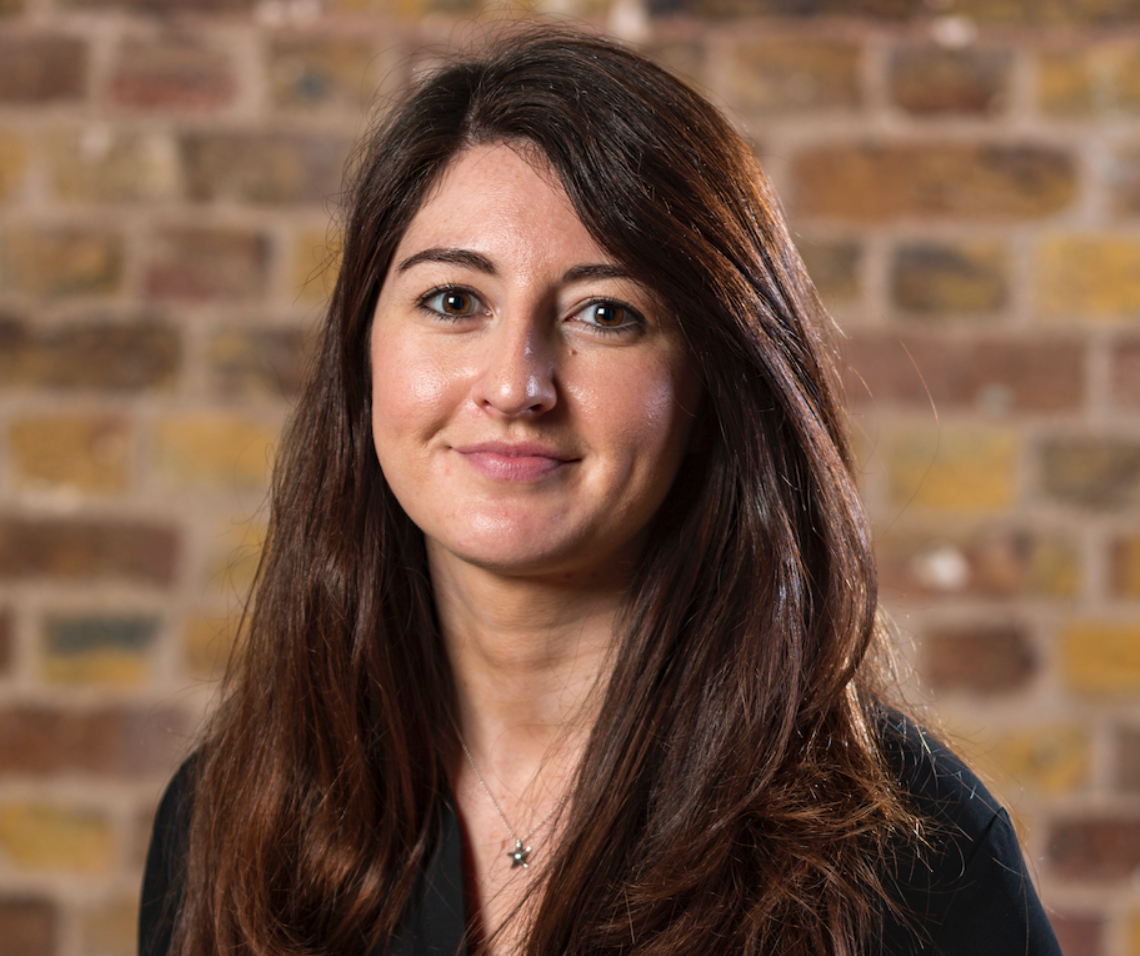You might still be getting used to open banking — which is when, with consent, your banking data is shared via an authorised platform. Coming in just as hot is open finance, where financial data is shared, and open data, where any type of data can be shared from any type of business.
One of the major benefits of this evolution is that by accessing more of a person’s data, businesses are able to provide more personalised services — and according to a McKinsey report, economies that embrace data sharing in finance could see their GDP rise by between 1% and 5% by 2030.
“To me, open banking is 1D, open finance is 2D — and open data is 3D. Open data is what gives you that actual, holistic view,” says Sam Seaton, chief executive at open data and payments platform Moneyhub. “It’s about enabling consumers to have a completely immersive, real-time and accessible hold of their data.”
Seaton sees a future world where fintechs can use data to help consumers build better financial lives, but it has its criticisms, including data privacy and regulatory hurdles.
We chatted to the experts about what open data really means for fintech and beyond.
An evolution from open banking
For Seaton, open banking is all about your bank accounts and bank-based payments, while open finance extends to things like pensions, investment accounts, property, mortgages, loans and car finance.
Open data, she says, is the next step, where any data can be shared to receive “cost-effective and highly personalised products and services within seconds from any company you’ve explicitly given your consent to".
“For example, open data will make applying for a mortgage a lot quicker, fairer and less stressful: lenders can factor in your LinkedIn employment history together with your bank data and your pensions instead of just taking an x-multiple salary calculation,” Seaton adds.
To me, open banking is 1D, open finance is 2D — and open data is 3D. Open data is what gives you that actual, holistic view
And it’s not far off: in the UK, primary and secondary parliamentary time is in place to enable the evolution from open banking to a much broader remit afforded by open data. Seaton says this means “people will be able to have clarity and control over all their data, including pensions, savings and investments, as well as mobile and utility data”.
And in the US, open data isn’t regulated yet, but it is in progress; President Biden extended the remit in an executive order to enable more access for consumers to their data.
“There’s a worldwide shift towards an open data economy, with the UK, Europe and the US driving regulation,” Seaton says.
David Whitcomb, VP of product at financial data service and software company MX, tells Sifted he sees open banking already transitioning into open finance and predicts it will soon move into strengthening payroll services and insurance.
“Open banking quickly moves to open finance,” he says. “Because the user’s financial life is not just about their banking relationship, it’s also about their investments, their bills and their mortgage.”
Re-engaging the consumer
Open banking has seen fairly slow adoption with active users in the UK reaching just 4.5m in January 2021, well behind previous predictions of 33m by 2022. Seaton says: “That’s where open data can kickstart user growth, as it’s all about convenience and offering better solutions.” She uses purchasing a new car as an example.
“If I can access my driving data, data about where I live and what my property is valued at and data about my money more broadly, it’s very easy for machine learning algorithms to tailor what's available for me to purchase based on what I might like to drive, what might suit me and what I can afford,” she says. "It’s an entirely different world of convenience we are going to see for everyone. Google, Amazon, Apple and Uber may have opened the eyes of the world to the power of data, but open data platforms are going to take that power to the next level in very short order.”
It’s this kind of open data-afforded personalisation, says Kat Cloud, UK policy lead at open finance platform Plaid, that will see customers re-engaging with their personal finances after innovations like contactless payments have seen them disengage.
Google, Amazon, Apple and Uber may have opened the eyes of the world to the power of data, but open data platforms are going to take that power to the next level in very short order
“We’ve seen a lot of innovation specifically looking at payments and contactless. It’s really easy, I think we all love it,” she says. “But it took away from really engaging with your payment — you just tap your card, you don’t have to think about it.
“So innovation is having us disengage from our finances. Open data is the complete opposite of that — it’s really putting the consumer back into the heart of it.”
Data security
One of the reasons why open banking — and by extension, open finance and open data — might not have seen mega growth is due to data safety concerns.
A 2019 Deloitte survey in the US found 69% of consumers had concerns over identity theft and 60% were worried about misuse of data when it came to open banking.
Whitcomb from data service MX says regulation needs to keep up with the changing financial world in order to address these concerns — without slowing innovation.
The biggest hurdle that we see is how to create a regulatory environment that keeps consumers safe, keeps bank data secure
“The biggest hurdle that we see is how to create a regulatory environment that keeps consumers safe, keeps bank data secure,” he says. “But it also doesn’t slow down innovation.”
Seaton adds that fintechs need to operate on the principle of explicit consent, so consumers can decide for themselves whether sharing their data for a service is valuable to them.
“It’s all about fair value,” she says. “If, for example, sharing all my energy data and all my spending data with a company that offers me auto-switching gets me a better deal, saving me time and money, this is a true and fair value exchange.”
The fintech opportunity and beyond
Of course, once consent is established, fintechs can go to town on personalising their services. Seaton says “this is where they can leap beyond legacy corporations and incumbent banks super quickly”.
“The real power for fintechs, and to be fair, any company, even those not in financial services, is being able to hyper-personalise products and services and delight existing and new customers by doing so,” she says. “From where I sit, corporates are really struggling with personalisation, whereas fintechs are brilliant because they are very focused.”
Seaton offers the example of investment apps to see open finance in action. She says investment apps like ARQ, Lumio and OpenMoney and impact investment fintech The Big Exchange use Moneyhub to “fill in the blanks” with investment data. UK-based app Sugi can tell you your carbon footprint based on how you spend your money and also where you’ve invested, she says. Outside of financial services, Zedosh is disrupting digital advertising by using bank transaction data to forensically target advertising and ensure those that complete watching adverts are fairly paid for their attention.
The real power for fintechs, and to be fair, any company, even those not in financial services, is being able to hyper-personalise products and services and delight existing and new customers by doing so
Where startups don’t have the capabilities to work with certain data, Seaton says open data platforms can help: “Most startups want to focus on the interaction with the consumer to solve a problem they are passionate about. They need an open data platform to help achieve this; they don't need to build one themselves, just like restaurants don’t need a kiln to make their own plates to serve food on.”
“Even large corporations and banks are often not equipped or feel it is not their strength to pull together their customers’ open data and process it in a way that enables them to offer a fair value exchange,” Seaton says. “That’s why open data platforms like Moneyhub provide the essential technology for the future of all customer centric propositions and are the backbone of growth, wealth, and health.”




